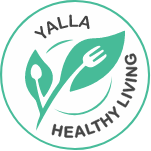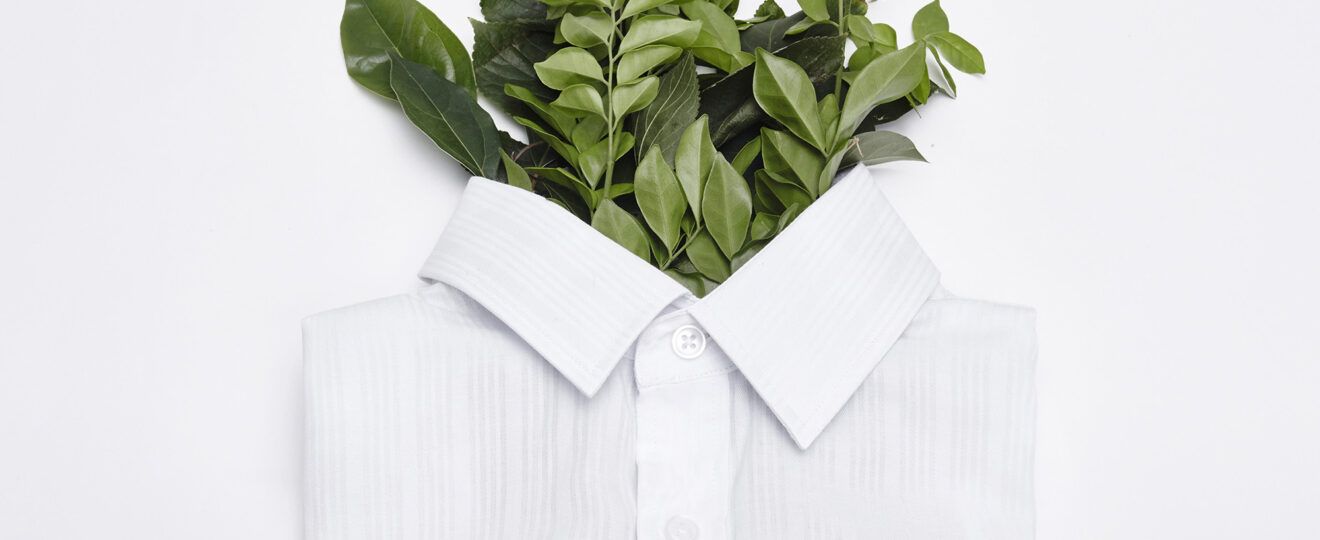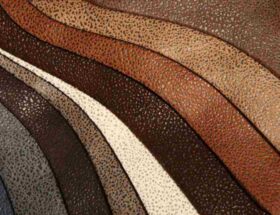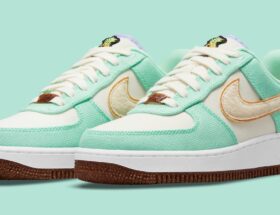Sadly, animal cruelty in the fashion sector is still a booming industry. According to PETA, more than one billion animals are killed each year for their fur and leather alone. In fact, leather is worth 10 percent of the total value of the cow. In a society that places so much value on our animals — sharing homes with them and campaigning for their general welfare — it is baffling to think that we still aren’t doing more about this global issue.
“It’s extraordinary how old-fashioned fashion is,” designer Stella McCartney has said of her decision not to use leather, fur or animal skins throughout her brand. “It’s medieval to me that the industry still kills millions of animals a year. Leather is one of the most harmful parts of fashion. It’s not a luxurious method. Leather is not really a by-product. It’s a myth.” This is just one of the many myths that contribute to the continued use of leather on a very widespread scale.
Another such myth is that, as a natural fibre, leather breaks down much more easily in the environment. This is simply false. In fact, thechemicals added to leather make it almost impossible to biodegrade. According to One Green Planet, “between the tannery and the dye house, leather receives multiple applications of chemical preservatives, colorants, stiffeners, and modifiers to give it its desired finish.” All of these additions make these products very difficult to break down in the environment, meaning they can end up polluting the Earth for thousands of years to come. Which is only made more mind-blowing by the fact that, from start to finish, the amount of energy required to create a leather hide is 20 times greater than that needed to produce a synthetic material. Environmentally friendly this fabric is not.
What’s even worse is that the animals aren’t the only ones affected in the process. Actually, the modern day tanning process uses extremely toxic chemicals in order to prevent the leather from decomposing. Many of these chemicals are known carcinogens like formaldehyde, cyanide, lead and chromium — all of which are then released into waterways during the manufacturing process. Devastatingly, the Centers for Disease Control and Preventionhave found that the incidence of leukemia among residents near one tannery in Kentucky was five times the national average. And research suggests that those living near tanneries are also much more likely to contract sinus and lung cancers, as well as other serious illnesses.
Then there is fur, which although a divided issue, still sadly represents a growing global industry. In fact, according to International Fur Trade Federation (IFTF), global fur sales have more than doubled in the last few years, from $15.6 billion in 2011 to $35.8 billion in 2013. Fur farming is illegal in some countries, but director of the PETA (People for the Ethical Treatment of Animals) Foundation, Mimi Bekhechi tells Business of Fashion that it simply isn’t enough. “The fur industry is an unregulated, unaccountable, ethics-free business,” Bekhechi explains. “Animals are killed in the most horrifying ways — often through anal or vaginal electrocution, gassing or poisoning. In the wild, animals are caught in bone-crushing leg-hold traps. They may suffer for days, slowly dying from hunger, thirst, disease, blood loss and predation.” In other words, it is pretty horrific.
Silk and wool are conversations even more nuanced, too. According to PETA, “wool was once obtained by plucking it from sheep during their molting seasons”. Now, however, sheep are bred specifically for continuous fleece growth and this gives rise to a whole host of problems. “In Australia, the most commonly raised sheep are merinos, which are specifically bred to have wrinkled skin and, therefore, more wool. Sadly, “this unnatural overload of wool causes animals to die of heat exhaustion during hot months, and the wrinkles also collect urine and moisture.” A barbaric practice called ‘mulesing’ is often employed to ‘combat’ these issues, but it involves workers carving large strips of skin and flesh off the backs of lambs’ legs and around their tails. In addition to this, many sheep die from exposure after premature shearing and there have been a number of documented incidences of violent abuse towards these animals. PETA puts it simply: “it may be called wool, mohair, pashmina, shahtoosh, or cashmere. But no matter what it’s called, any kind of wool means suffering for animals.”
Silk is another fibre that people tend to forget about the origins of, unaware that this is actually what silkworms weave to make their cocoons. To obtain silk, distributors actually boil the worms alive inside their cocoons. And, according to PETA, this is only made worse by the fact that these worms are sensate creatures. “Anyone who has ever seen worms startle when their dark homes are uncovered must acknowledge that worms are sensate—they produce endorphins and have a physical response to pain.” Startlingly, around 3,000 silkworms are killed to make every pound of silk, so this is an issue that affects enormous numbers of these domesticated insects.
Fortunately, though, vegan clothing is now a growing industry. Plenty of brands are increasingly committed to working with leather substitutes and other vegan fabrics throughout their designs. And the latest socially-conscious, biodegradable alternative to using animal hide? Pineapple leather, crafted from the tropical fruit’s waste plant fibres. Faux fur is also becoming more and more fashionable, too. “Given the capabilities of modern technology, you can now produce faux fur with the same level of softness, quality and warmth as the real thing,” explains designer Hannah Weiland, whose label Shrimps specialises in faux fur jackets. In her opinion, “this makes the argument for animal-based fur much harder.”
Unfortunately, though, it isn’t just hides and fur that contribute to the maltreatment of animals in the apparel industry. Plenty of products are also tested on animals, or use dyes that may have harmed them in their development process. As Fibre2Fashion points out, “exploitation of animals often goes hand in hand with intensive farming practices that damage the environment as a whole.” It is for this reason that Well Made Clothes’ Vegan value is cruelty free is all respects.Our Vegan brands are thoroughly committed to this cause throughout their own businesses, integrating a vegan philosophy at all levels.
The White T-Shirt Company, for example, is certified by the Global Organic Textile Standard (GOTS) and 100% of their products are made without harming or killing any animals across their scope of production. Bhalo, too, is 100% vegan across all aspects, as is Vege Threads — proving that local brands can also make a big difference to this conversation. It may sound simple, but choosing a vegan approach to production is no small feat. Though, undoubtedly well worth it in the long run. With more brands choosing this approach all the time, this also bodes well for us as consumers, meaning that it’s increasingly possible for us to integrate beautiful vegan fashion into our daily wardrobes.
In addition to using vegan fibres, all of the Vegan brands selected on Well Made Clothes have also gone to great lengths to ensure that their inks, dyes and materials were developed without harming any animals or any animal by-products. This includes the testing, labour and processes involved in developing and manufacturing the end product or garment. This is no easy task, of course, but it can make a big difference to our environment and animal welfare overall. Animal cruelty in the face of fashion continues to be a very nuanced global conversation, but hopefully, Well Made Clothes and our brands can help to gradually demystify these issues. Because, ultimately, it’s about so much more than PETA’s iconic ‘I’d rather go naked than wear fur’ supermodel campaign. As leaders like Stella McCartney and Dame Vivienne Westwood would tell us, it is about putting our money where our mouths are. When we claim to care deeply about animals, we should also work to back that sentiment up with the actions to match.










